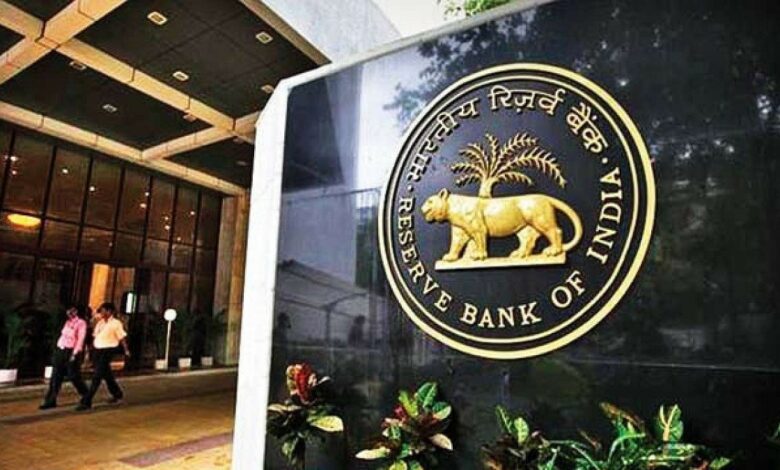
Lately, people have locked horns to discuss RBI’s printing money prognosis. The debate has heated to cause significant differences in opinion as to why the RBI scheme of intensifying its money circulation needs to be implemented. The supporters of the paranoid have averted that such stimulation would enthrall Keynesian in spirit and presumably get driven by government spending the money. Under kosher times, this wouldn’t have been even disparaged for scrutiny, but it reflects how hard done India’s economic revival has been due to the appalling crisis.
On the other hand, experts have been outrageous to recommend that RBIs disseminates their funds directly to the industries. These ideas are probably a manifestation of an unconventional approach being adopted across the world to overcome harsh circumstances. Let’s wait and watch how the story underlines. The dire state of India’s weakening position in many indices should have enabled the government to initiate proactive measures. However, their opinion contradicted the whole dilemma. The official view detailed shows that the economy might not be adversely affected as expected. Alongside, the state-wise induced lockdown would not pave way for the economic backdrop and steepening downfall.
It is kosher by now that the government has wrongly anticipated economic recuperation. Furthermore, the argument instills a sign of positivity across India Inc as they believe the government’s motion. Their quarterly analysis for the upcoming quarters suggests a hefty and exciting period of rising demand across industries. The question is- had the economy been placed in uprightness, and the demand would not have been significantly way off the mark, there would be no point for RBI stepping in.

Just in case, we assume a perception that the economy has been struggling for a long, RBI needs to intervene for strengthening revival. However, the government has opted out for a different approach as it stopped automate financing of the budget by the RBI. The shift from the T-bills got incorporated back in 1997. It was replaced by instituting ways and means into the framework, which divulged corrections to the temporary mismatches in revenue projection. If the government exceeds 75 percent of its WMA limit, then the market issuances enforce into action. However, RBI gets consolidated to be the prima lending house, but the government resembled sagacity by not allowing direct lending.
RBI’s intervention couldn’t have been cohesively neglected, and that’s why an indirect route got facilitated via the open market operations. The tightness in the economic liquidity was a key factor for RBI’s affiliations into the scheme. It would offset the underwhelming by buying government securities from banks to accumulate enough funds for lending and managing their operations. The foremost issuance of the securities got held by the banks. But due to the incessant liquidity pressure, the OMOs came to the rescue.
RBI has salvaged some of the buried loopholes undercut by government borrowings. The financing and the stabilization of the budget got done by the OMOs; it has been prevalent if we do thorough research over the past two years. Surprisingly, RBI has been heavily involved in the acquisition and offsetting of OMOs in recent times. Liquidity conditions varied, monetary policies revamped, the government amended its conceptualization, but that didn’t hinder RBI’s progress with the OMOs. Affirming the benchmark set, its Open market purchases accounted for Rs 2.99 million, constituted 38 percent of its gross borrowings.

You might be wondering that despite the government borrowings surging to the rooftop, which significantly impacts the fiscal depicts, the economy claims stabilization. It is because of the monetary input received by the RBI. Neither the government nor the private banks feel exhausted in their quests for funds. The predominant savior in RBI is always holding their backs. The funding procured indirectly enacts comprehensive funding in augmenting the growth process.
The ball game has always been accustomed to the government’s prudence. Whether it felt appropriate to the government expand the fiscal deficit for increasing funds supply into the markets.
However, the problem from the past year is that even though the Centre has invested heavy stakes in borrowings. Much of it accounted for the decline in revenues, and persisting with disinvestment for various sick units wasn’t a sure-shot move. Therefore, the growth prospects were sluggish even though the fiscal deficit surged to Rs 18.21 trillion, capital expenditure ramped up just by Rs 13,000 crore. The variance in numbers highly subjected to the government’s incompetence in not raising the capital expenditure, which was the much-need injection during the pandemic. The infrastructure was demolished, and it felt like it went into cautious mode thinking about the funding part.
Much of the thought process circulated to the funding forefront when the Central Bank had ensured high liquidity, and the restrictions are not tight as they used to be. RBI generally deals in high-risk yields from the government securities, but it augmented stabilization. One can argue that despite long-standing assurances, the government did not want to propagate surplus fundings into the markets.

Would the scenario be different if direct accumulation got facilitated from the RBI?
By avoiding channelizing through indirect routes, shifting towards direct lending to the industries to the RBI would have confined a one-way route. It would have been much easier financially and with much liquidity and less rigidness. Today, the banking system perpetuates adequate daily liquidity averaging Rs 4.12 trillion. All that went into RBI’s reverse-repo rate window that got adjusted with mere earnings of 3.35 percent
The takeover from the scenario is that RBI’s facilitation would boost a much rejuvenated economic push than the government has cooperated into the markets for the past several years. Funding is not the main issue anymore as the central bank has ensured that it can handle the liquidity alongside managing interest rates in a non-obtrusive way. However, the current scheme is dependent on the Centre’s affirmation on whether it wants to materialize the economic revival.
The Fiscal Responsibility and the Budget Management indicators have suggested an immaculate spending window for the Centre and the state. Its high-level deficit targets have provided a good cushion. A debatable argument that needs exclamation is that what are the sectors that need investment. But that would depend if and when the government is willing to escalate its capital expenditure. Does any new startup or project have been knitted down in the list of cooperations? I doubt!
The least saying would be to lower the expectation on how the capital expenditure can get gauged up. It is due to the growing uncertainty over the receptive amplitude and keenness existing. A deep survey regarding the projects that need to get prioritized first should be the essence moving forward.




